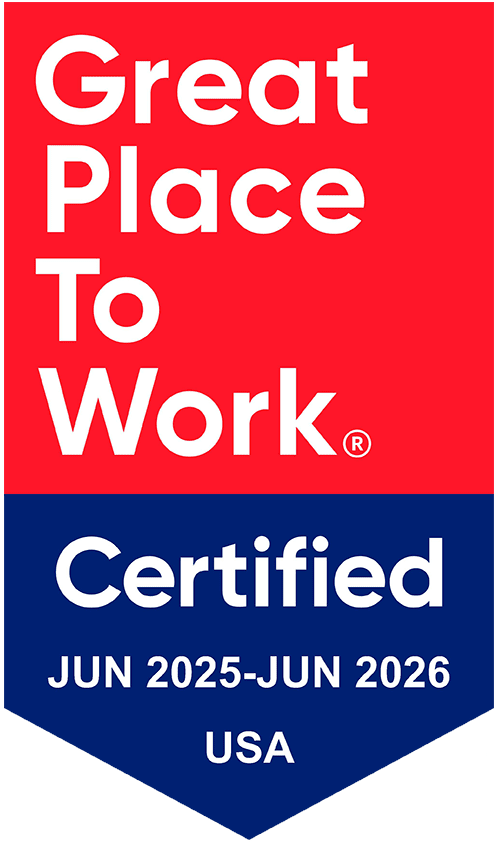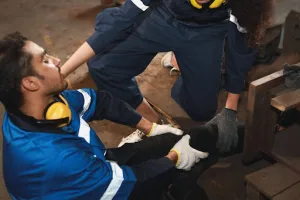Summary: Occupational medicine is a specialized field focused on preventing and treating workplace injuries through risk assessments, personalized treatment plans, and physical rehabilitation. It supports recovery by identifying hazards, guiding return-to-work readiness, and educating employees to reduce future incidents.
Workplace safety and employee well-being are top priorities for any organization. Unfortunately, despite best efforts, workplace injuries can still occur. Occupational medicine plays a crucial role in preventing and addressing these incidents, offering both preventive care and specialized treatment to promote swift recovery. Discover how occupational medicine mitigates workplace hazards, supports recovery, and helps prevent future injuries.
1. Understanding Occupational Medicine
Occupational medicine is a specialized field of healthcare focused on the prevention, diagnosis, and treatment of workplace injuries and illnesses. Its goal is to ensure the health and safety of workers in various industries. By identifying potential workplace hazards and developing strategies to address them, occupational medicine helps reduce the risk of workplace injury and promotes a safer working environment.
2. Preventing Workplace Hazards Through Risk Assessments
One of the primary functions of occupational medicine is to conduct thorough risk assessments in the workplace. These assessments identify hazards such as improper ergonomics, unsafe machinery, exposure to harmful substances, and more. Once hazards are identified, occupational health professionals recommend corrective measures to minimize risk, creating a safer working environment.
3. Tailored Treatment for Workplace Injuries
When workplace injuries occur, prompt and specialized care is essential for recovery. Occupational medicine provides tailored treatment plans for injured workers, addressing both the immediate injury and its long-term effects. These treatment plans often include physical rehabilitation, therapy, and preventive education to help injured workers recover and reduce the likelihood of recurrence.
4. Supporting Recovery With Physical Rehabilitation
Rehabilitation is a key component of recovery from workplace injuries. Occupational medicine professionals collaborate with physical therapists and other healthcare providers to create comprehensive rehabilitation plans. These plans focus on restoring function, reducing pain, and preventing future injuries. With a personalized approach to rehabilitation, employees can return to work more quickly and safely.
Related: Preventing Long-Term Injuries From Workplace Falls
5. Returning to Work After Injury
Occupational medicine also plays a critical role in facilitating a smooth transition back to work after injury. Physicians assess the employee’s physical readiness to resume their duties, provide necessary accommodations, and offer guidance on gradual re-entry into the workforce. This ensures that employees return to work without exacerbating their injuries and maintain their productivity.
6. Education and Prevention: Reducing Future Workplace Injuries
Beyond treatment, occupational medicine focuses on educating employees and employers about workplace safety. Regular safety training, ergonomic evaluations, and health screenings are just a few ways occupational medicine helps reduce the risk of future injuries. By fostering a culture of safety and awareness, occupational health professionals contribute to the overall well-being of the workforce.
Minimize Workplace Injuries and Recovery Time With Excelsia Injury Care
Occupational medicine is an indispensable part of workplace safety and injury care. Through preventive measures, specialized treatment, and ongoing education, it helps minimize workplace hazards and ensures that employees recover quickly and safely from injuries. The expert providers at Excelsia Injury Care are here to care for workplace injuries and support through recovery.



